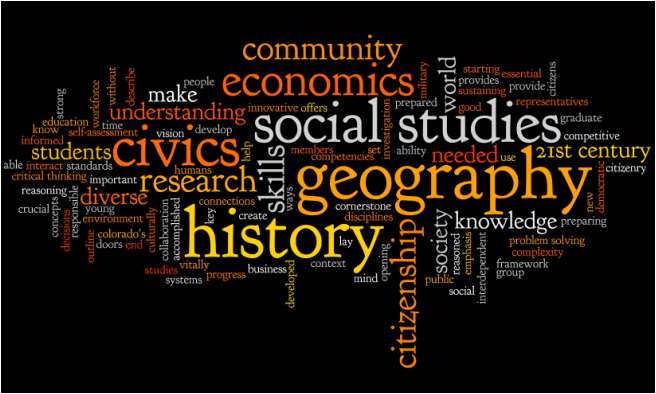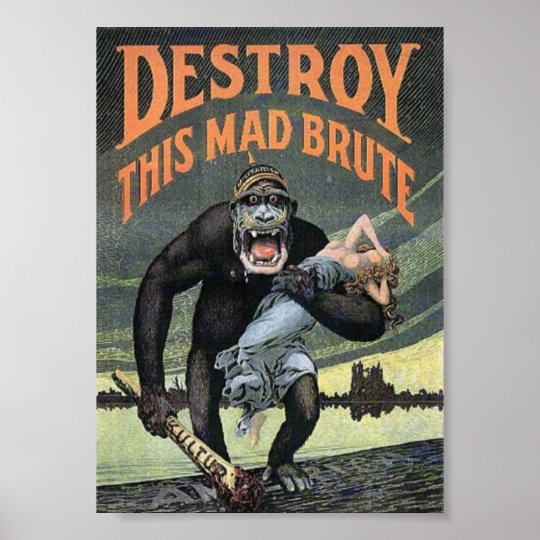Disciplinary Literacy and numeracy
Numeracy and literacy in Humanities and Social Science
In HASS, students participate in a variety of learning areas
such as history and geography to make sense of the human behaviour and interaction in social, cultural,
environmental, economic and political contexts historically and contemporary
(ACARA 2018C)

Image retrieved from (http://harrishistoryclass.weebly.com/uploads/1/3/3/8/13387161/314334.png?1358535285)
Literacy in HASS
Literacy is developed as students learn through a range of
written and visual texts ranging from writing reports to analyzing maps, images
and graphs. (ACARA 2018C) As students actively learn to use texts in different
modes, students learn that terminology used differs according to contexts about
places, people, events, processes, systems and perspectives of the
past, present and future. Literacy however, does not just mean reading and
writing, it is about understanding the cause-and-effect, comparative
relationships continuity and change, and features and
structures of persuasive texts used to persuade/manipulate meanings. Students
learn how propaganda texts are used to manipulate the audience by drawing on
their literacy skills to analyzing how symbols, body language, descriptive
language and colors are used to make connotations towards a particular group.
Students also make meanings from maps and timelines to explain and report on
significant events. (HASS General Capabilities, 2018)

(Image retrieved from https://rlv.zcache.com/destroy_this_mad_brute_poster-r7c7906d24573442fb34cb9c95a7c3a6b_leup_8byvr_540.jpg)
Numeracy in HASS
In History students are actively using their numeracy skills to
organize and interpret historical events and development to make sense of the
past. Students uses their understanding of timelines to explain cause
and effect, and continuity and change. This is done through analyzing,
interpreting and understanding the significant events such as the cause for WWI
and how that lead to WWII. In addition to that, students read statistics of the
casualties, deaths and damages in WWI and II. In Geography, students analyze
graphs and maps to understand patterns or factors affecting climate change,
rainfall, resources and water by noting significant factors affecting the
change in climate such as the industrial revolution. Students also see
movements of early settlers and how animals and humans migrated. Through scales,
students understand actual distances and have an understanding of reading maps
in real life context and not just limited to classroom tasks.

(Image retrieved from https://images.template.net/wp-content/uploads/2015/07/Make-a-Timeline-in-Social-Studies-for-Student-Kids.jpg)
It
seems that no matter how much the majority of students hate literacy and
numeracy, it is part of our everyday lives and some may not even realise that
they are using literacy and numeracy in their subjects. Literacy and numeracy
is much more than letters and numbers, it is the way we make meanings of the
world around us and incorporating these skills in our daily tasks without
realizing how much influence it has.
Comments
Post a Comment